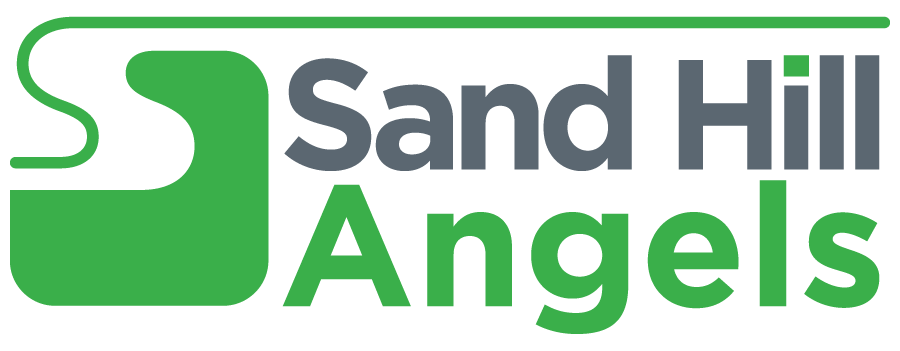Create Your Deal Room Before You Start Raising a Financing Round
Photo by Glenn Carstens-Peters on Unsplash
Create Your Deal Room Before You Apply
By Ralph Eschenbach and Amos Ben-Meir
Sand Hill Angels recommends that startup founders start creating their investor deal room before they start raising a financing round of any size. When startups apply to Sand Hill Angels, our members often start doing some due diligence even before we decide on funding interest. Seeing a proper deal room in place is often a signal to investors that the founder knows what is needed and is well organized. Getting the deal room can also avoid a scramble to pull together items in a short amount of time.
Most founders load their deal rooms in a shared folder, often password protected. It could be on Google Drive, DropBox, or any other shared folder tool. Carta now offers a free deal room service for startups that offers additional security features. It often helps to group items in folders.
The key items to gather and prepare are as follows:
Corporate Registration. This includes the registration document, the bylaws, and the articles of incorporation. Most angel investors prefer to invest in C-corps, rather than LLCs or partnerships. And most like to see the registration in Delaware.
Board Minutes. Pull together the complete set of board minutes and any shareholder meeting notes. It is important the board resolutions align with the cap table and the employee compensation. If that is not the case then it is best to try to align those before you apply.
Intellectual property. Include copies of all issued patents, as well as the titles and filing dates for provisional patents. It is helpful, but not essential, to summarize the key claims for any patents, as well as share any freedom to operate findings. If the company has any licensing agreements, they should include those in the deal room. And if the company is licensing any IP from other entities, those licenses should be included as well.
Cap table. Ensure the cap table includes all forms of investments, is current, and is in a common format. You can find templates on the web, you can start for free at Carta or your lawyer firm might have a form they like to use. Again, ensure the cap table aligns with the board minutes. Be prepared to share the names and contact information of earlier investors.
Financials. Include three years of P&L, cash flow, and balance sheet statements. There is no need for them to be audited. Also include a five-year cash flow forecast that indicates project funding rounds.
Team. The due diligence team will want to see the résumés for the management team and advisors, as well as all the employment contracts. The team might want to do background reference checks on selected members of the team, so preparing that in advance can save much time.
Marketing. Include any distributor agreements, as well as the names and revenues of any customers. Many times the due diligence team will want to view the sales pipeline and how that is growing; that can be in the form of a report, or in some cases the startup will allow investors to see the CRM system.
Deal Structure. Be sure to share the expected deal terms and milestones, as well as the deal documents. If you have started to raise money on this round, list the name of the deal lead, any signed term sheet, names of other investors, and how much of the round is in the bank or soft-circled. If there is a term sheet, always provide a signed copy. If the financing instrument is a Safe or Convertible Note, always provide the actual documents. If the financing is a priced round, always provide the fully diluted pro forma cap table for the round in spreadsheet form, showing the pre-money capitalization, conversion of any Safes and/or Convertible Notes and their corresponding shares prices, how the new money shares were priced, and the fully diluted post-money capitalization. Note that a pro forma cap table for the round is different from a vanilla company cap table requested in item 4. The due diligence team will put all that through a thorough review.
As you can see, it takes a lot of work to pull together a good investor deal room. The sooner you get started on it, the more you will impress investors, and the faster you will get funded.


